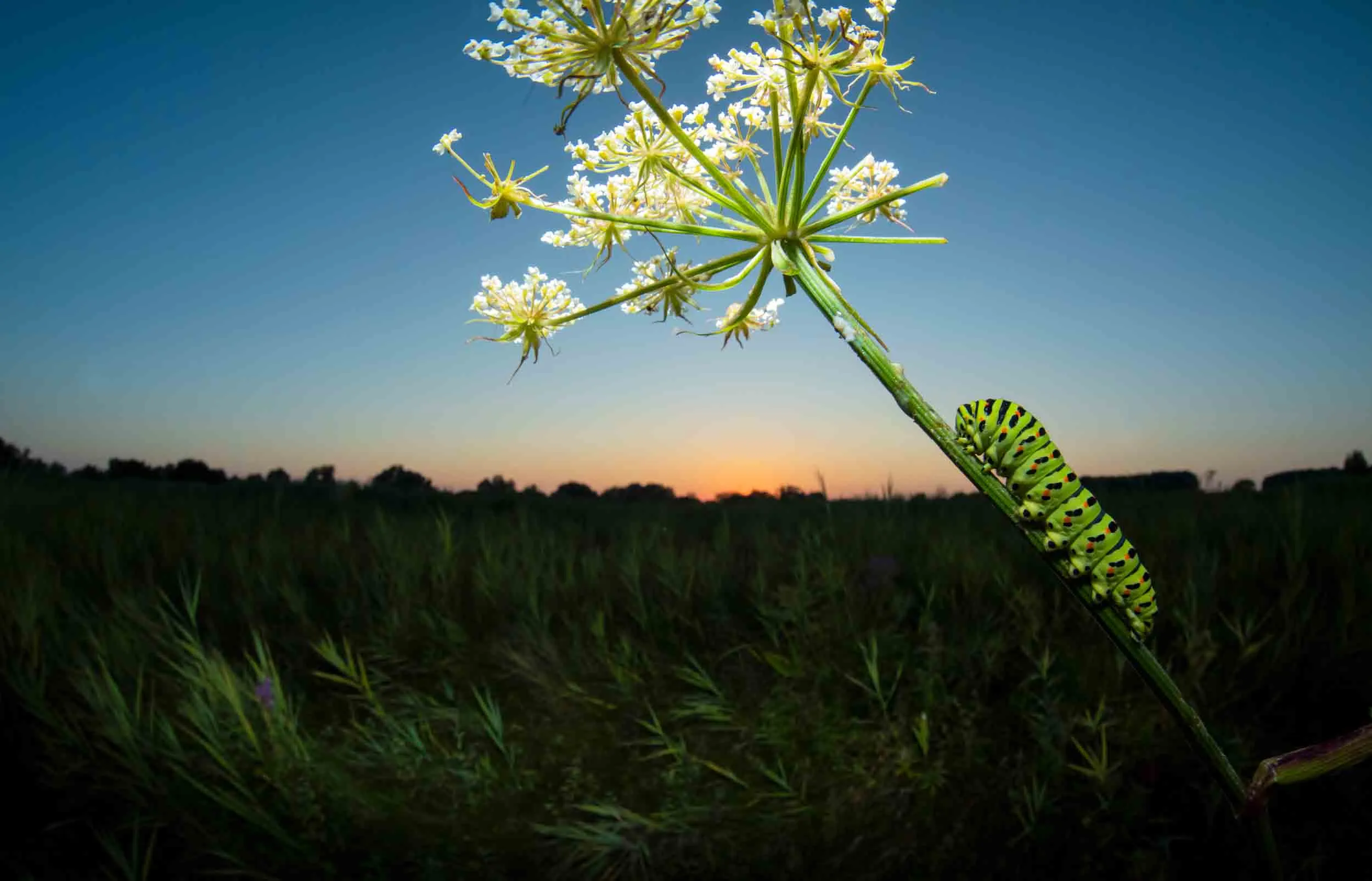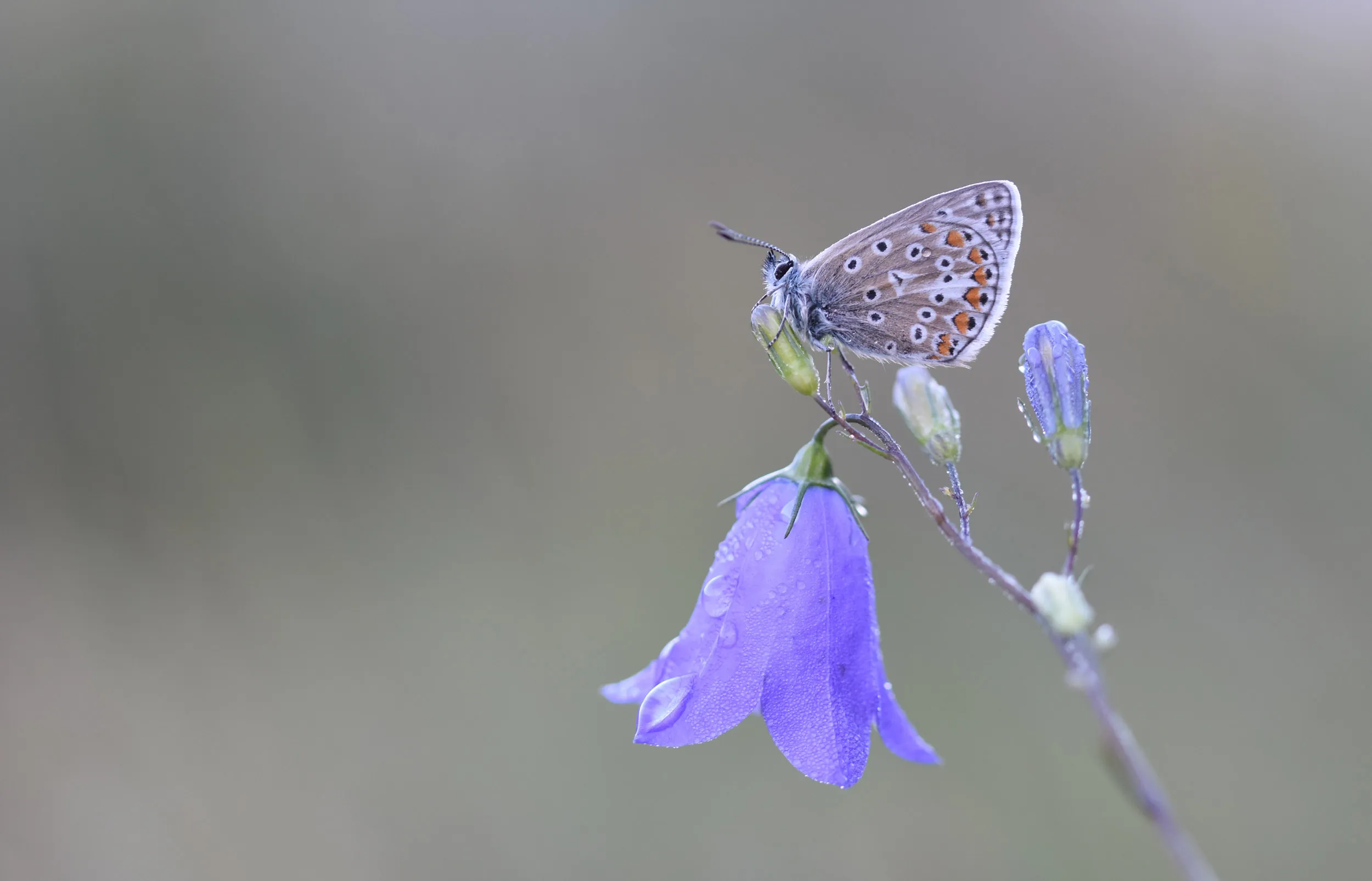Grow caterpillar food
By growing the right plants, we can boost the butterfly population.

We can help boost butterfly numbers by filling our gardens with plants caterpillars love. Butterfly caterpillars are fussy about their food and they need us to cater to their tastes. Different varieties eat different plants, so adult butterflies will only lay their eggs on one or two types.
Growing a wide range of plants ensures lots of different caterpillars have something to eat. But you can also grow the plants that the caterpillars in your area like best. Here’s how to grow caterpillar food.
Instructions
Which butterflies live near you?
Check which common butterflies are found in your local area and grow the right plants for them.
All over the UK:
- Red Admiral
- Small Tortoiseshell
All over the UK except Shetland:
- Green-veined White
- Small Copper
- Common Blue
- Meadow Brown
All over the UK except north and west Scotland:
- Orange-tip
- Peacock
All over the UK except north England and south and Central Scotland:
- Speckled Wood
Lowland England & Wales and southern Scotland:
- Large Skipper
Lowland England & Wales:
- Small Skipper
- Brimstone
- Comma
- Gatekeeper
Lowland England & Wales and eastern Northern Ireland:
- Holly Blue
Plants for caterpillars
You may already have the plants your local butterflies like most in your garden. If not, and you have some growing space going spare, here are the best plants for different caterpillar types.
Orange-tip and Green-veined White caterpillars
These caterpillars eat Lady’s Smock and Garlic Mustard plants. Lady’s Smock is a small pink flower that loves damp areas, while Garlic Mustard likes drier areas and has green leaves and little white flowers. Buy them as plug plants from good wildflower suppliers or try growing them from seed. It’s easy
Common Blue caterpillars
Common Blues love a plant called Bird's-foot Trefoil. It’s a yellow pea-flower that grows in meadowy areas. Make your lawn more wildlife-friendly by adding some Bird's-foot Trefoil plug plants. You can find them at wildflower suppliers.

Holly Blue caterpillars
You guessed it – Holly Blues eat holly. But they also like ivy, too. Ivy can be grown up walls and holly bushes can be planted in borders. You want a female plant that produces berries, so be sure to check at the garden centre before you buy.
Brimstone caterpillars
Brimstone caterpillars’ favourite food is two small trees called Alder Buckthorn and Purging Buckthorn. Alder Buckthorn is great for clay soils, while purging buckthorn likes chalky soils. Both grow to about five metres tall, so bear this in mind before planting. You can save money by buying trees in winter as bare-root plants. They’re simple to grow, just keep them well watered in their first year.
Red Admiral, Peacock, Small Tortoiseshell and Comma caterpillars
These caterpillars love nettles. Most gardens are too small to grow a big enough patch but those with larger spaces should give it a try. A sunny, sheltered location is best. You can gather free nettle seeds from plants growing in the wild. Wait until the seed heads appear at the end of summer and don’t forget to wear gloves.

Here are some other garden flowers that many caterpillars and butterflies like:
- Birds Foot Trefoil
- Nasturtium
- Red Clover
- Honesty
- Marjoram
- Garlic Mustard
- Foxglove
- Lady's Smock (if you have a damp spot)
Shrubs/hedging:
- Ivy
- Holly
- Bramble
- Blackthorn
- Alder/Purging Blackthorn
- Blackcurrant